I think I understand what is done here, so i'll try and explain.
The line "Wort" is the pattern you are analysing, there is (in my opinion) no need to consider the row "Text" above. Instead assume an additional row containing the zero-based position of the char within your pattern from left to right.
The length m of the pattern p[] depicted is 9.
Each row below I name p_i[] where i is the index on the right
Further explanation is based on 2:
In the lower rows beneath the pattern mark all characters matching the character in the pattern above. (Done here by crossing out)
for i=1 to m do
search in the rows below for a subpattern where p[m-i]<>p_j[m-1] (*)
and p[m-i+1, ..., m-1]=p_j[m-i+1, ..., m-1]
index j is your shift value for shift[i]
od
(*) Note: When the shifted pattern p_j got shifted too far right, there will be empty chars to compare. In this case, you can always assume == or <> as needed. Always use the minimum of all possible j.

I hope this helps, albeit a bit late.

